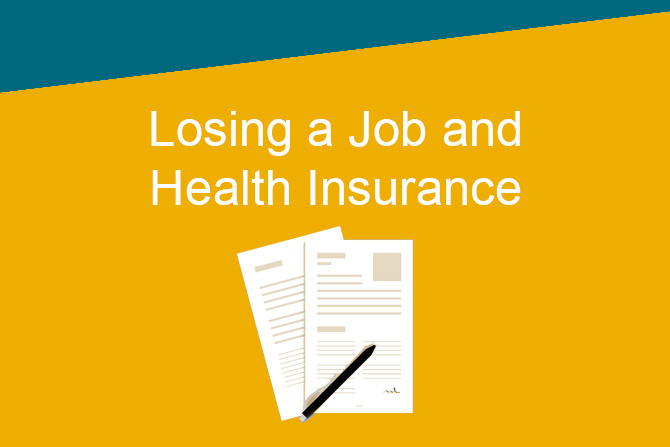Are You Covered for Critical Illness?
August 04, 2020

A “critical” illness is just what it sounds like – cancer, heart attack, stroke and so on. These conditions can often happen without any warning.
Critical medical challenges can outstrip funds available from a health savings account or force people to tap into emergency funds or long-term investments, if they have those kinds of resources available. And, in the worst case, personal bankruptcy can result.
What Is Critical Illness Insurance?
Did you know that supplemental insurance plans are available to help cover these large medical care costs beyond what may be covered under standard health insurance? A supplemental policy like this can provide an important layer of protection.
Other conditions that may be covered with this kind of insurance can include advanced Alzheimer’s disease, amyotrophic lateral sclerosis, benign brain tumor, coronary bypass, end-stage renal disease, illness-induced coma and major organ transplant.
In addition, critical illness insurance may cover related expenses such as transportation, rehabilitation, child care and prescriptions that are likely not to be covered under a traditional policy.
Other items included under critical illness insurance can include certain treatments not covered by a traditional policy, daily living expenses, retrofitting of vehicles, home lifts to a second floor and even a recuperative vacation.
But there can also be some potential limitations, depending on the policy, based on factors such as:
- Nature and types of cancer
- Persistence of damage from stroke
- Chronic illnesses
- Disease recurrence
- Duration of illness
- Length of survival after illness
- Age limitations or adjustments
- Policy waiting period
- Limit on guaranteed payment
Is It Worthwhile?
These plans can be inexpensive in terms of monthly premiums. And it may be possible to choose from a menu of illnesses that can be covered. Of course, the more coverage, the higher the premium.
Parameters affecting the cost of critical illness insurance include the total benefit amount desired, age and gender. A medical exam may or may not be required, often depending on the benefit amount selected.
You may be able to add this kind of insurance to a current policy. You may be able to obtain it through your employer. Or you can try to obtain it on your own. Benefit payments are typically made directly to the policy holder in a lump sum to be used at their discretion.
Other options to consider that can be used alongside health insurance include disability insurance to protect work income, health savings accounts, flexible savings accounts and personal savings accounts for emergencies.
Who Should Have It?
An important factor to keep in mind is that critical illness insurance is not just for older folks. Severe situations can have a devastating impact on people in their 30s, 40s and 50s due to the long-term effect of significant income loss, compounded by current obligations for supporting their families who depend on them.
With average life expectancy in the United States continuing to rise, critical illness insurance is one option for helping people maintain quality of life and afford the privileges of their mature years. KeenanDirect can help you select a plan that meets your needs and navigate through the process.
| Related content: | |
|---|---|

|
What Are Health Insurance Subsidies? |

|
Losing a Job and Health Insurance |




